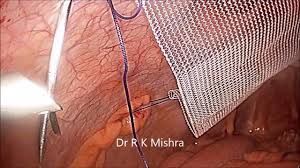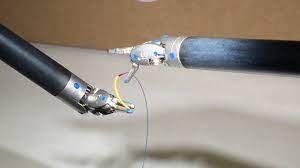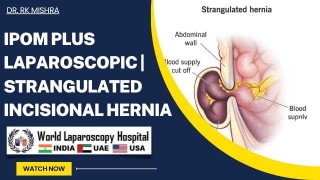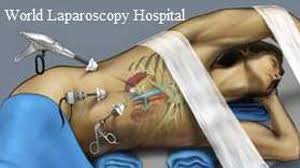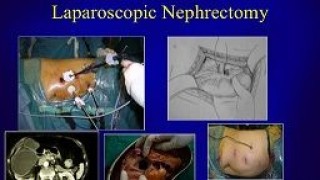Ovarian Drilling by Laparoscopy for PCOS
Add to
Share
2,322 views
Report
2 years ago
Description
Ovarian drilling by laparoscopy is a minimally invasive surgical procedure that is often used to treat polycystic ovary syndrome (PCOS). PCOS is a common hormonal disorder that affects women of reproductive age and is characterized by the presence of multiple small cysts on the ovaries, irregular menstrual cycles, and excess androgen production. During ovarian drilling, a laparoscope (a thin, flexible tube with a camera and light source) is inserted through a small incision in the abdomen. The laparoscope allows the surgeon to visualize the ovaries and surrounding structures. Once the ovaries are visualized, small punctures are made in the ovarian tissue using a laser or electrocautery device. This process, known as "drilling," aims to destroy a small portion of the ovarian tissue and reduce androgen production. Ovarian drilling has been shown to be an effective treatment for women with PCOS who have not responded to other treatments such as lifestyle modifications, oral contraceptives, or ovulation induction medications. It has also been shown to be particularly effective in improving menstrual regularity and reducing insulin resistance in women with PCOS. Overall, ovarian drilling by laparoscopy is a safe and effective treatment option for women with PCOS who are struggling with infertility and other symptoms associated with the disorder. However, as with any surgical procedure, there are potential risks and complications, including bleeding, infection, and injury to surrounding structures. It is important to discuss the risks and benefits of ovarian drilling with a qualified healthcare provider before undergoing the procedure.
Similar Videos

